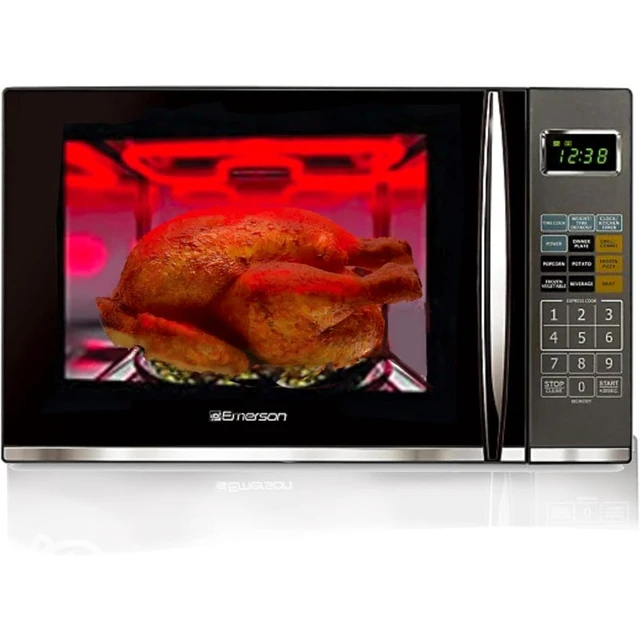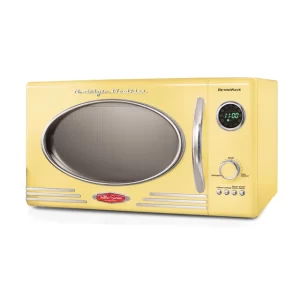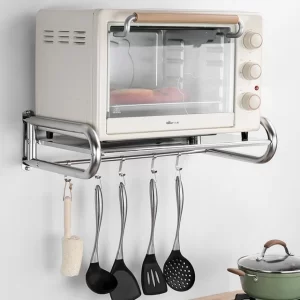Can bacteria survive a microwave?
Introduction:
Microwaves are commonly used in households for cooking, heating, and defrosting food. Their ability to generate heat rapidly raises questions about whether microwaves can effectively kill bacteria and other microorganisms. Understanding the effects of microwaves on bacteria is essential for ensuring food safety and preventing the spread of foodborne illnesses. In this article, we will explore whether bacteria can survive microwaves, the mechanisms by which microwaves affect bacteria, factors that influence their efficacy, and practical tips to ensure effective bacterial elimination.

Can bacteria survive a microwave?
The Nature of Bacteria:
Bacteria are single-celled microorganisms that can be found in various environments, including food.
Different types of bacteria exhibit varying levels of resistance to heat and other treatments.
Heat Sensitivity of Bacteria:
Bacteria are generally sensitive to heat, and exposure to high temperatures can lead to their destruction.
The temperature required to kill bacteria depends on the specific type and strain.
Microwaves and Bacterial Destruction:
Microwaves generate heat by emitting electromagnetic radiation.
When food is heated in a microwave, the heat generated helps eliminate bacteria by denaturing proteins and disrupting cellular structures.
Efficacy of Microwaves Against Bacteria:
Microwaves can effectively kill bacteria when used correctly.
The effectiveness depends on several factors, including microwave power, exposure time, and the type and initial population of bacteria.
Factors Influencing Microwave Efficacy:
a. Power Output:
Higher power settings on a microwave typically result in faster and more efficient bacterial destruction.
However, lower power settings can also be effective if the exposure time is extended.
b. Exposure Time:
The duration of exposure to microwaves affects the efficacy of bacterial destruction.
Longer exposure times allow for more heat to be generated, increasing the likelihood of bacterial elimination.
c. Moisture Content:
Moisture plays a role in the effectiveness of microwaves against bacteria.
Bacteria generally require water to survive, so food with higher moisture content may be more susceptible to bacterial destruction.
d. Bacterial Type and Strain:
Different bacteria exhibit varying resistance to heat and other treatments.
Some bacteria, such as spore-forming bacteria, may be more resilient and require higher temperatures or longer exposure times for destruction.
Microwaving and Food Safety:
Microwaving food can contribute to overall food safety by effectively reducing bacterial populations.
However, it is important to note that thorough cooking practices and proper food handling should always be followed to minimize the risk of foodborne illnesses.
Hot Spots and Uneven Heating:
Microwaving can create hot spots and areas of uneven heating in food.
Hot spots can lead to inadequate heat distribution and potential survival of bacteria in localized areas.
Stirring or rotating food during microwaving can help promote even heating and reduce the risk of hot spots.
Limitations of Microwaves:
While microwaves can be effective in destroying bacteria, they have limitations.
They may not reach temperatures sufficient to kill certain spore-forming bacteria, such as Clostridium botulinum.
It is important to follow specific cooking guidelines for high-risk foods to ensure proper bacterial elimination.
Foodborne Illness Prevention:
Proper food handling, storage, and cooking practices are crucial for preventing foodborne illnesses.
Thoroughly cooking food to appropriate temperatures is essential in ensuring bacterial destruction.
Practical Tips for Microwaving Safely:
Follow manufacturer instructions for microwaving food and use appropriate microwave-safe containers.
Stir or rotate food during microwaving to promote even heating and reduce the risk of hot spots.
Allow food to stand after microwaving to ensure heat distribution and further bacterial destruction.
Use a food thermometer to ensure that food reaches appropriate internal temperatures for bacterial elimination.
Conclusion:
Microwaves can effectively destroy bacteria when used correctly. The heat generated by microwaves denatures proteins and disrupts cellular structures, leading to bacterial destruction. The efficiency of bacterial elimination depends on factors such as microwave power, exposure time, moisture content, and the type and initial population of bacteria. While microwaves contribute to overall food safety, it is important to follow proper food handling, storage, and cooking practices to minimize the risk of foodborne illnesses. Thoroughly cooking food to appropriate temperatures is essential for ensuring bacterial destruction. By adhering to proper cooking guidelines, using microwave-safe containers, and practicing good food hygiene, individuals can effectively use microwaves to contribute to a safe and healthy food preparation environment.

